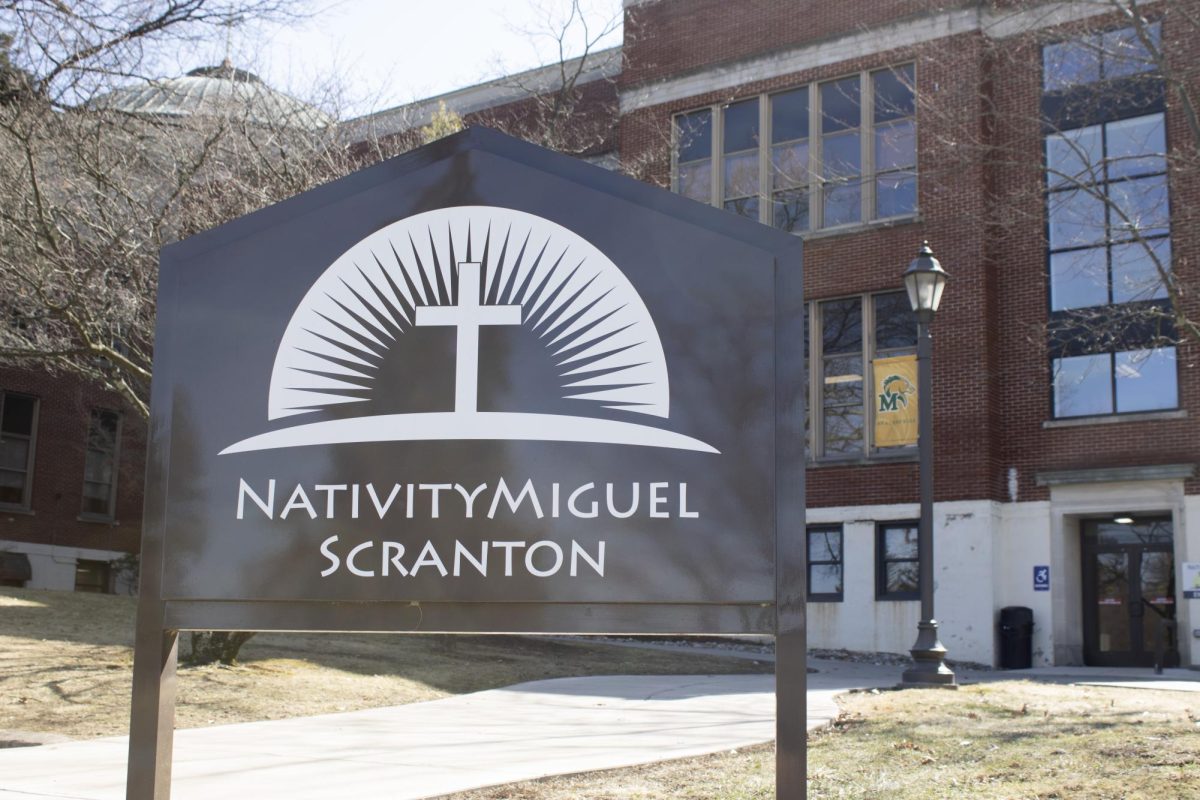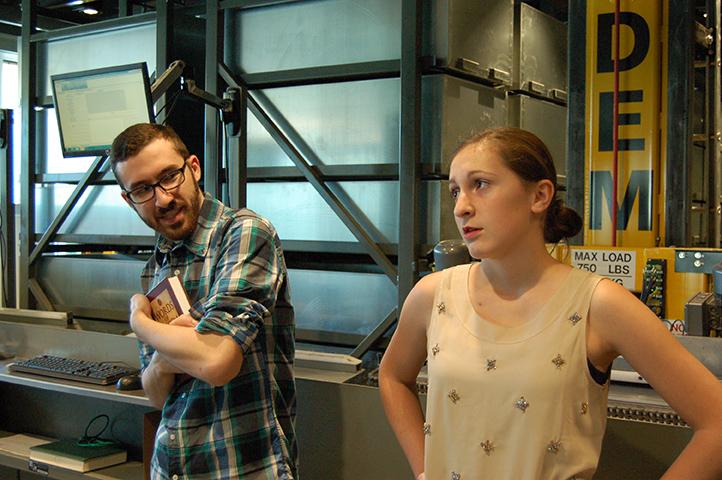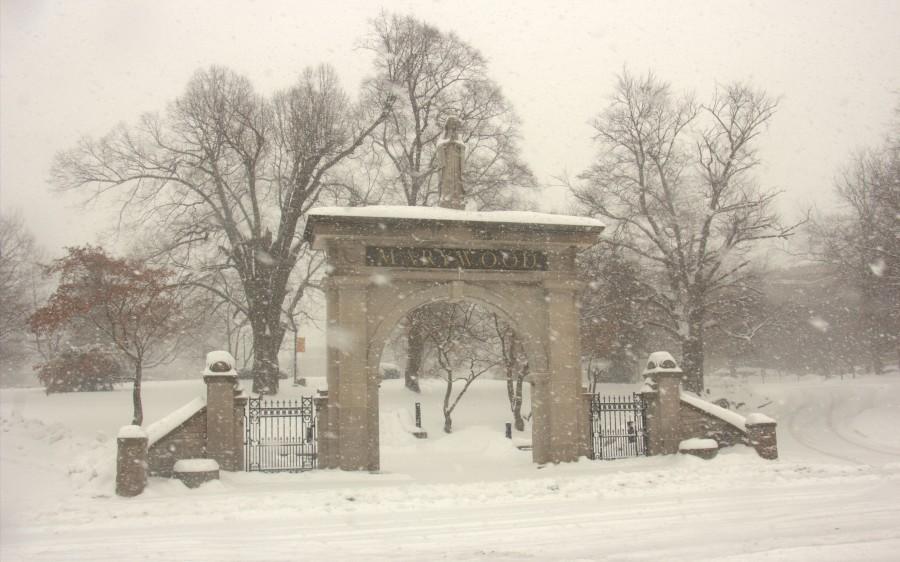Daylight savings time. It happens every year, twice a year. But, the real reasoning behind why it continues to occur may not be known to many people.
According to Nationalgeographic.com, it all began in 1966. The U.S. Congress had given the responsibility of daylight savings time to the Department of Transportation.
Congress wanted the department to “foster and promote widespread and uniform adoption and observance of the same standard of time within and throughout each such standard time zone.”
Nationalgeographic.com further explains that in the year 1883, the railroad industry had established its own official time zones. These time zones had a standard time in each of the zones. In time, Congress decided to do the same. Congress had signed the same time zone system as the railroads into law in the year 1918.
Also, the act that Congress had signed allotted for observance of daylight savings time throughout the entire nation.
In 1966, the Uniform Time Act was put into action by Congress. It had specific starting and ending dates for daylight savings time. Through this act, individual states were also permitted to remain using standard time if they were allowed by their legislatures.
In 1972, an amendment gave areas that were located in separate time zones, but that were contained in the same state the option to not observe daylight savings time.
Areas around the world such as Arizona, Hawaii, and U.S. territories of Puerto Rico and the Virgin Islands have never changed from standard time in their own time zones. Therefore, these areas do not “spring forward” or set back their clocks one hour.
Since clocks are set forward one hour during the spring, there is a longer amount of daylight compared to when the clocks are set backward one hour in the fall.
However, there are advantages and disadvantages to both time changes.
According to Timeanddate.com, some advantages to daylight savings time are being able to work later hours, completing outdoor activities later in the day, and even a reduction in driving injuries. Some disadvantages include a mix-up in flight schedules, inaccurate transportation timetables, and even safety concerns about being outside on dark mornings, to name a few.
Whether or not people enjoy the days when it gets dark outside earlier or later, one thing known for sure is that there will be an early spring thanks to groundhog, Punxutawney Phil for not seeing his shadow. There will not be another six weeks of winter … so they say.















